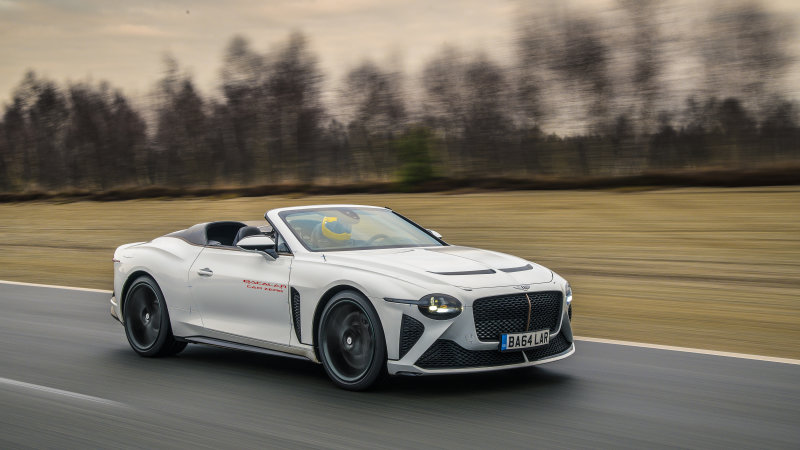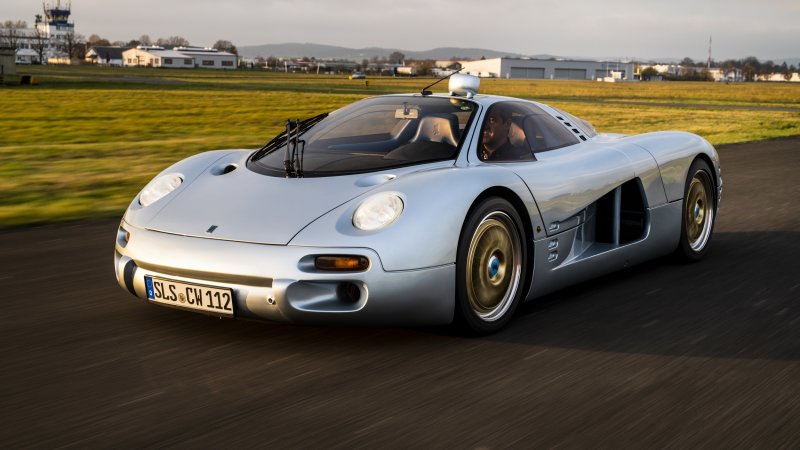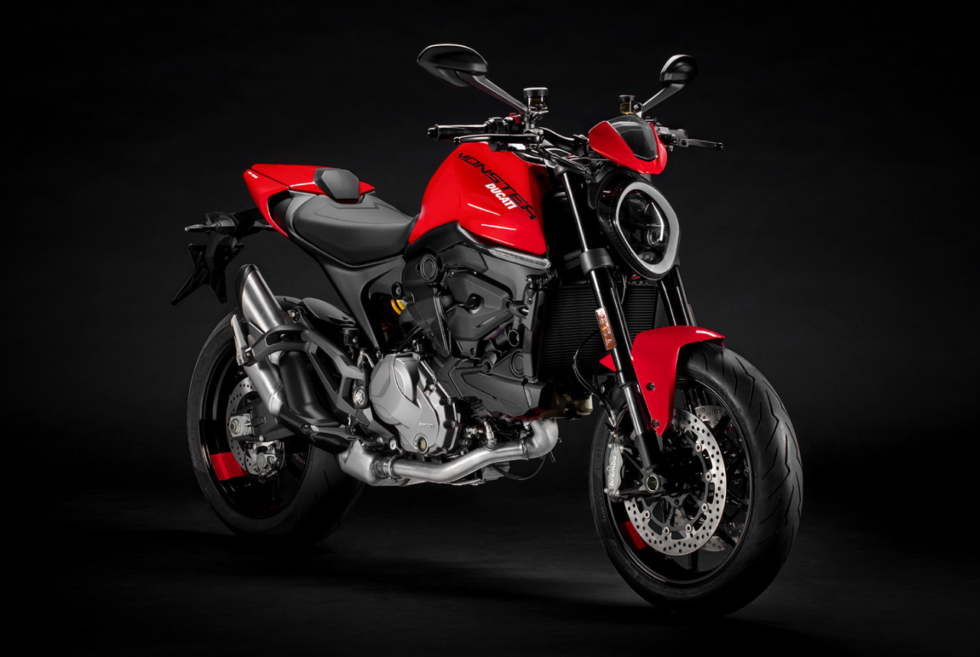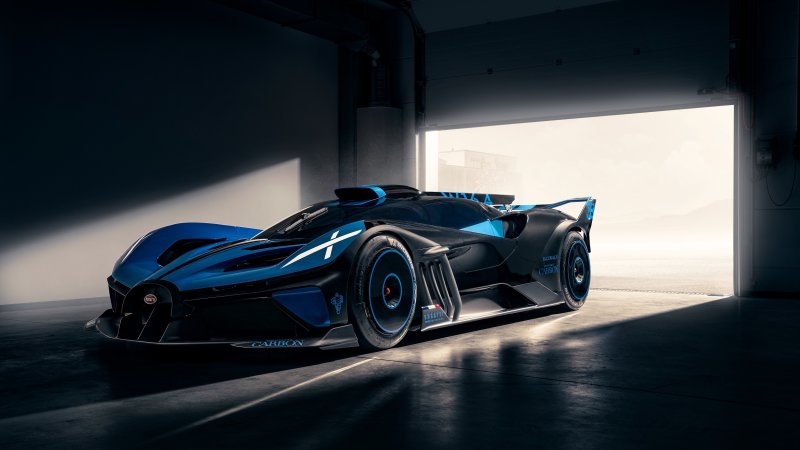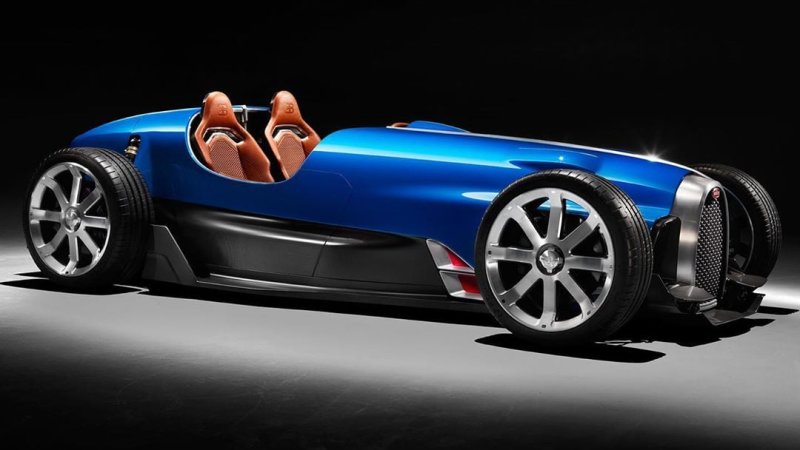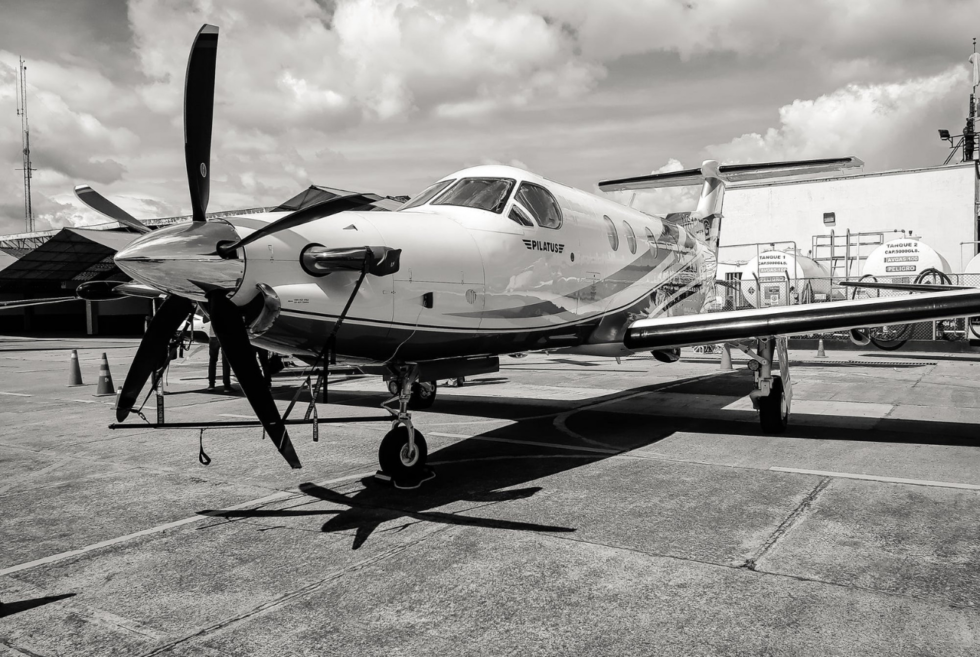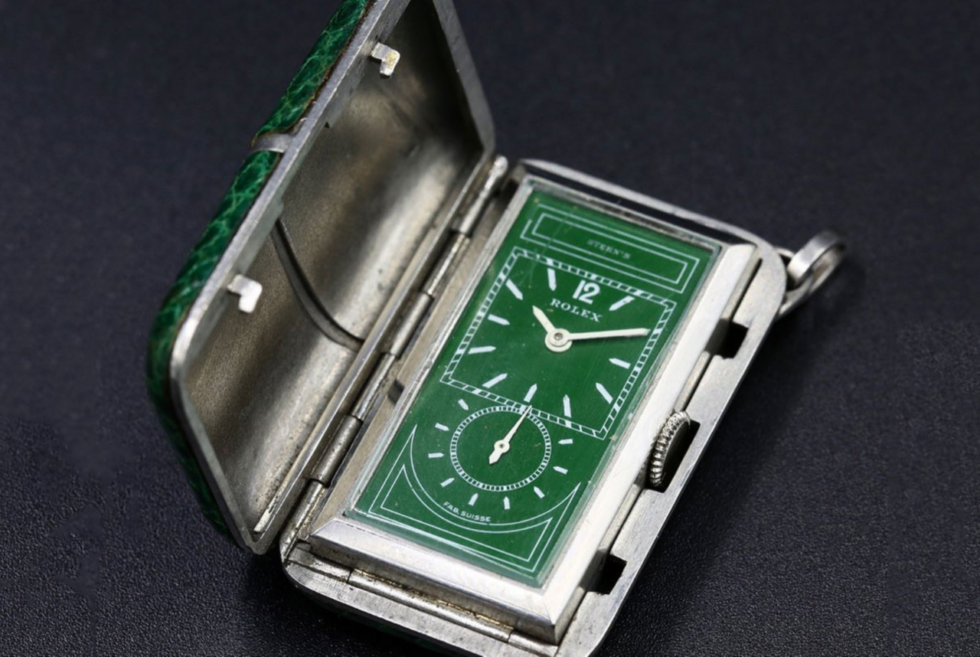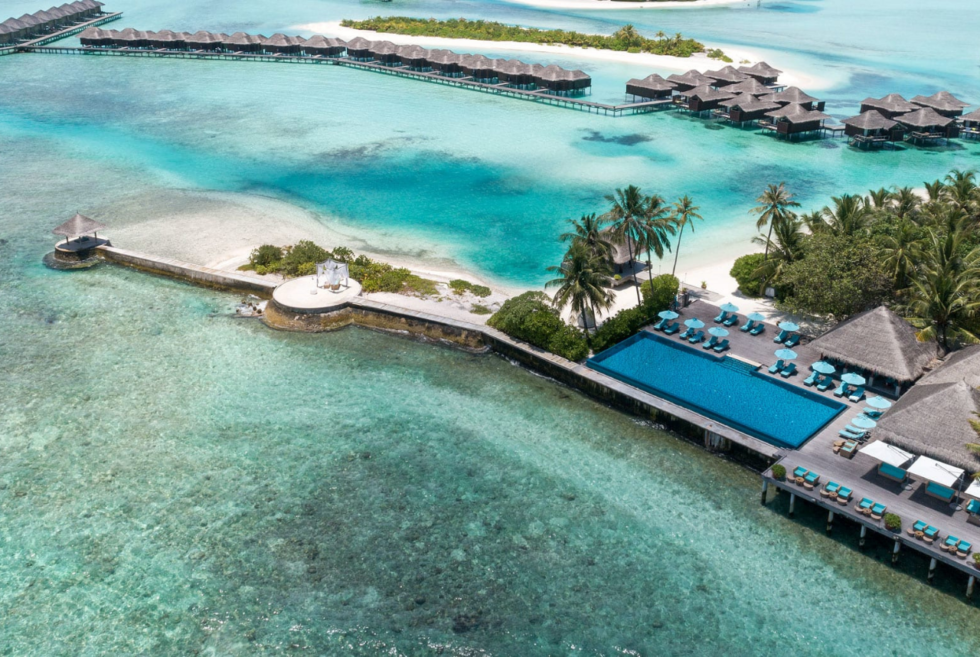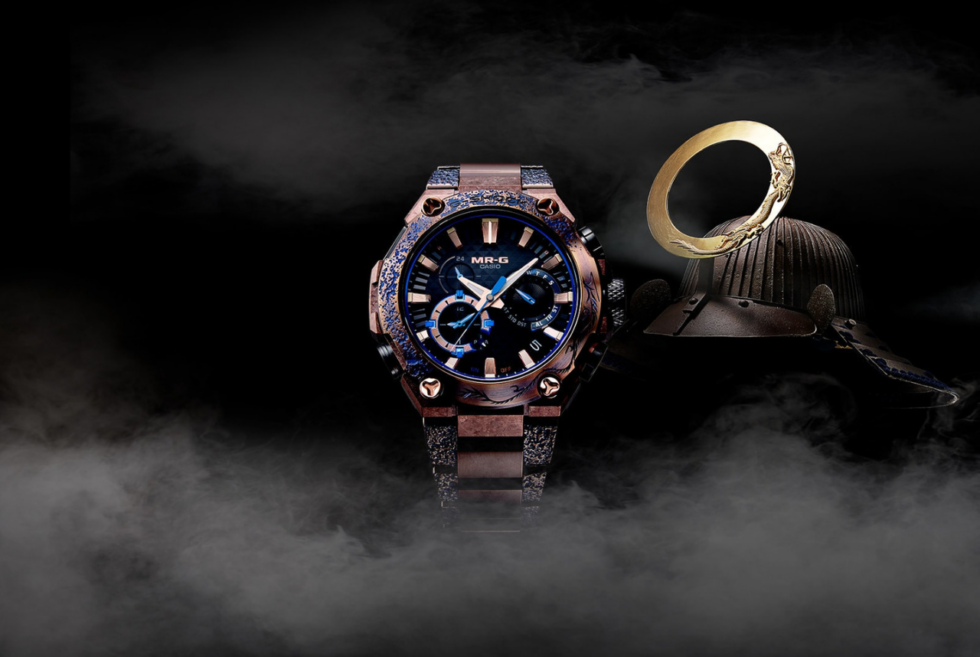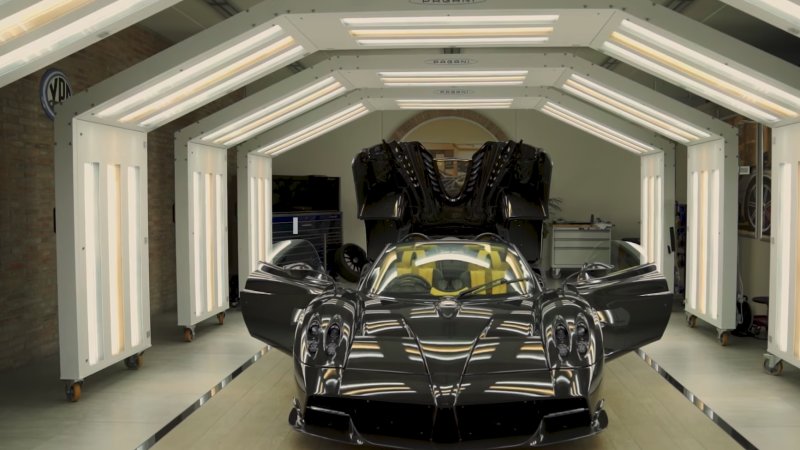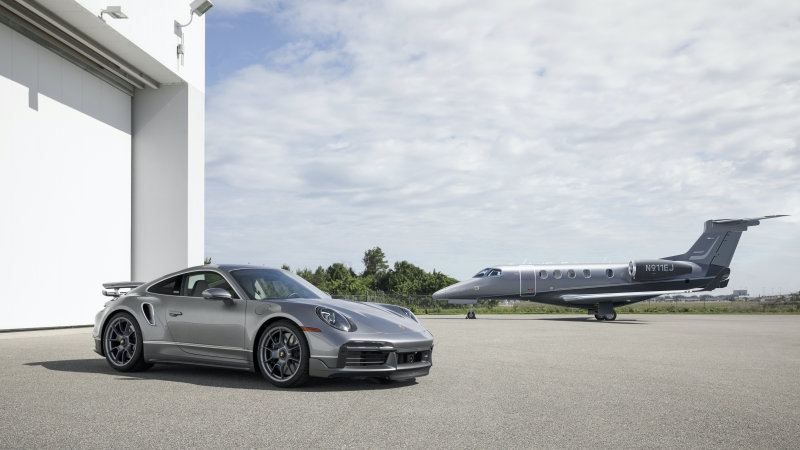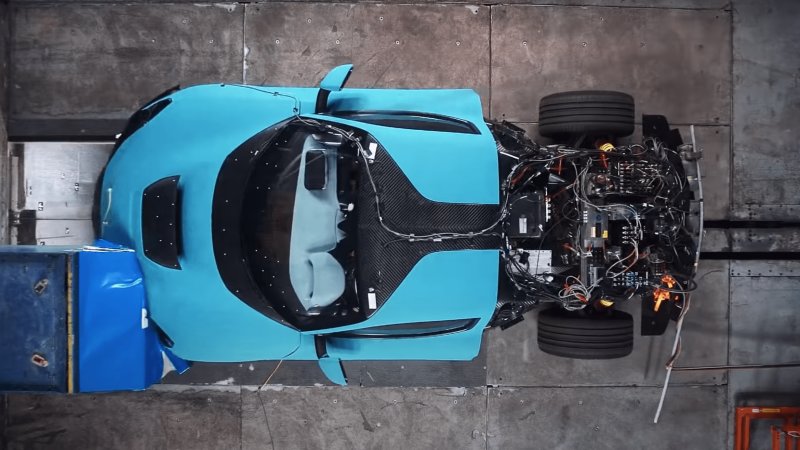If you’ve always dreamed of owning your own airplane and taking to the skies whenever you want, you may be considering whether it’s a good idea to buy your own aircraft. However, you need to be ready to invest not only in the initial purchase of your plane but also in the running costs moving forward. Notably, one flying enthusiast, when asked exactly how much would cost to own a plane, replied: ‘Everything you’ve got’.
There are several factors one should consider before making such a major financial decision. So, let’s take a look at some of the most significant ones.
How will you use the aircraft?
It may seem obvious, but to choose the right plane for you, it’s essential to know the type of flights you want to take. Will it be for short distances or longer trips? Solo or with family, friends, or colleagues? Are you looking for a basic model that will allow you to enjoy the freedom of the skies or the latest in ultra-high-tech luxury? Will your aircraft need to be suitable for specific climates, such as extreme cold? Make sure you choose the model that’s best adapted to your needs.
How many hours per year do you expect to be flying?
If you have a busy lifestyle and only expect to fly for a few hours per month, it may be more cost-effective to rent a plane from a local service. Compare this with the costs of purchasing and maintaining your own plane. While it won’t have the same impact, you’ll have freed yourself from the fixed and variable costs of upkeep for an aircraft that spends most of its life sitting on the ground.
Sole or group ownership?
Unless you’re going to want unlimited use of your plane, another option is to purchase one as part of a group of 4-6 enthusiasts. This will certainly reduce ongoing costs, but become a compromise when it comes to your freedom to choose how many hours you want to fly, and when it’s available for your use. However, in the case of a sudden need for major repairs, which could cost thousands of dollars, sharing the expense with others could ease your financial burden considerably.
Emergency fund
Whether you’re a sole owner or part of a group, it’s essential to create a fund to cover the cost of unforeseen repairs. You may find yourself with the unwelcome option of either spending thousands of dollars to cover the costs of labor and parts or leaving your plane on the ground, costing money. Considering that even small parts can cost hundreds of dollars, you’ll need to have a safety net. For example, small but essential replacements such as Whelen LED lights can cost in the region of $600 each. Try to aim for a budget of 25%-40% of your aircraft’s annual running costs.
Routine Maintenance
The Aircraft Owners and Pilots Association (AOPA) suggests your escrow fund should cover the costs of routine maintenance as well as the engine, propeller, electronics, and frame repairs. Budget up to $1,200 for the annual inspection of a small aircraft, and more for larger or more specialized planes.
Parking
In 2020, you should budget around $3,400 per year to keep your plane in a hangar, although this will vary considerably according to the region. Rural airports are usually less expensive. An alternative is to park your plane outdoors, with a specially made cover.
Insurance
This will depend on the type of policy as well as the value of your plane but expect to pay between $1,200 to $2,000 for a light aircraft. Meanwhile, the bigger the plane the higher the premiums.
Licenses
If you don’t already have one, you’ll need to complete the mandatory training and flying hours to gain your pilot’s license. Expect total costs to be around $4,500 for a Sports Pilot Certificate. A Recreation Pilot’s license (including training and hours) will work out at around $6,500.
Fuel
In 2020, aviation fuel costs around $5 per gallon. A small plane will use around 5-10 gallons per hour. So if you expect to fly an average of 40 hours per month, you’ll need to spend a minimum of $12,000 on fuel.
Cleaning
To keep your aircraft in good condition, it will need to be kept clean. Expect to pay around $100 to wash the exterior of a light aircraft (ie: Cessna) and as much as $600 for a jet.
Conclusion
So, after considering all these costs, are you still set on investing in your own aircraft? Then be realistic, choose the perfect plane for you, and enjoy every moment of flying.

